Premium Only Content
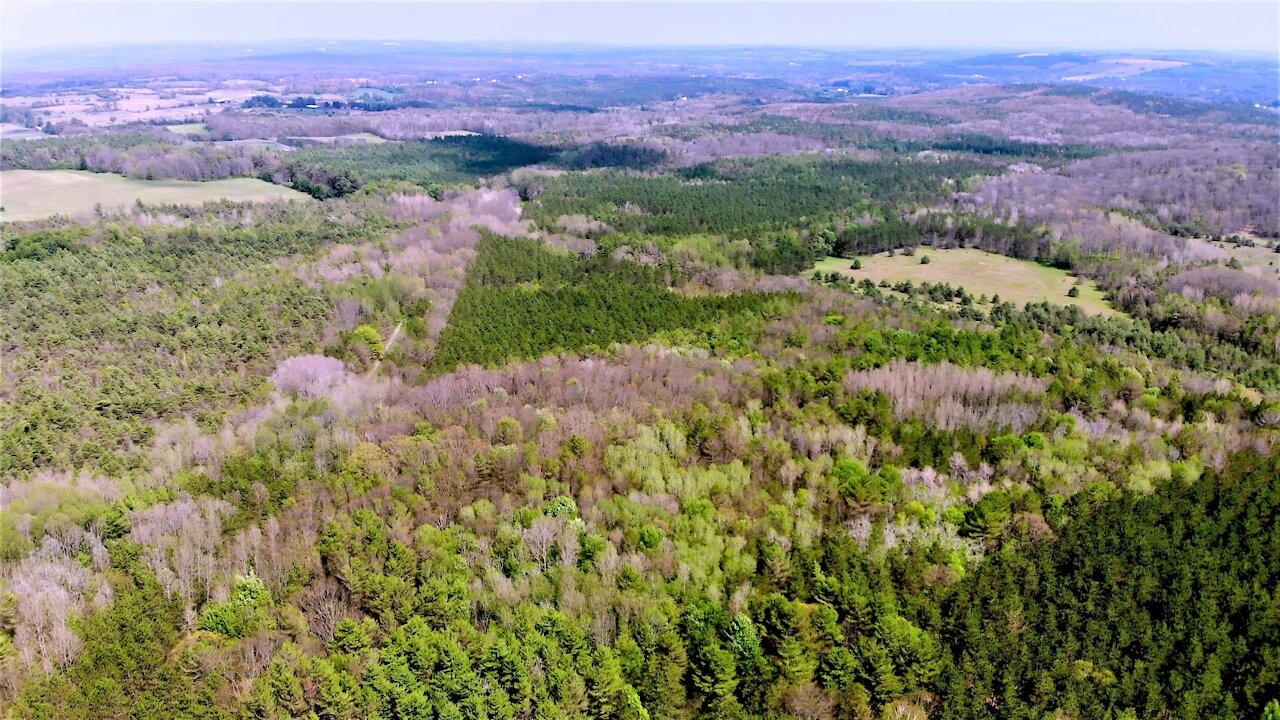
High altitude drone shows devastation from gypsy moth caterpillars
Gypsy moth are an invasive species in North America. They are native to Europe but should never have arrived on the continent. In 2020, the moths flourished laid eggs in record numbers on the trunks of hardwood and softwood forests throughout Canada and the U.S. The caterpillars hatched from the egg masses and began a systematic consumption of leaves at an unprecedented rate. The trees were defoliated in a matter of weeks, leaving large patches of forest completely bare.
The defoliation presents a challenge to many species of tree, leaving them incapable of carrying out photosynthesis that is crucial for their survival. Without the ability to harness energy from the sun, the trees struggle to grow and to store energy for the winter. The lack of leaves changes the forest in other ways too, allowing more sunlight to penetrate the canopy and reach the plants beneath. This causes some plants to thrive and upset the delicate balance of the forest. The increase in UV light can have a harmful effect on some plants, and even some animals that do better in partial shade. Nesting birds find it more difficult because they and their offspring are more exposed to predators and also, the harmful effects of too much sunlight. The lack of leaves also wreaks havoc with moisture levels because increased sunlight and airflow will dry the soil at a faster rate.
Gypsy moths were brought over from Europe in a botched attempt to breed them with silk moths in 1869. The gypsy moths were accidentally released and they quickly took hold across the continent.
This drone was launched to document the damage done in a forest in Ontario, Canada. The view from above shows alarming amounts of damage in large areas where leaves have been completely stripped from the trees. In most years, this forest would be a vast expanse of trees that are different shades of green, but in 2021, some of the trees appear grey or brown. This is due to a complete lack of foliage. Gypsy moth caterpillars prefer oak, pine, and birch in many cases, although there are at least 300 other species of tree that they will readily consume. Once a tree is infested, the caterpillars eat steadily until there is nothing left. They have been the largest single cause of defoliation in the northern hemisphere.
Many people have declared war ion the caterpillars, crushing them, spraying them, or wrapping the trees with burlap to prevent them from climbing the trunks. These methods have all proved only mildly effective and the devastation continued, despite the best efforts of all concerned. Fortunately, many trees were able to produce a second round of leaves. Smaller and more sparse, these leaves will not completely replace what was lost and the trees will still struggle. But most of the forest will be able to withstand one year of such unprecedented infestation.
-
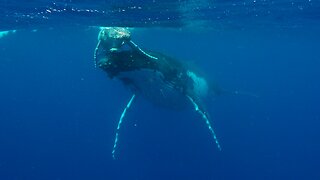 1:00
1:00
WildCreatures
13 days ago $0.85 earnedHumpback mother lifts her newborn baby to the surface to breathe
7.34K6 -
 0:34
0:34
rumblestaff
4 years agoDrone Footage Shows Massive Whale Larger Than This 90 Foot Boat
3.27K4 -
 0:14
0:14
ViralHog
3 years ago $0.22 earnedWedge-Tailed Eagle Swoops at Drone
1.09K3 -
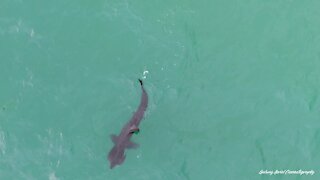 2:40
2:40
galwaycinematography
3 years agoIrish drone footages captures feeding basking shark
1.35K28 -
 1:11
1:11
ViralHog
3 years ago $0.05 earnedDolphin Shows of Her Calf to Dolphin Feeding Cafe
9792 -
 0:26
0:26
WildCreatures
3 years ago $0.50 earnedGull shows her chick smooth liftoff without flapping her wings
3.57K6 -
 1:09
1:09
Reuters
3 years agoDrone footage shows Sydney's lockdown beaches
2.02K10 -
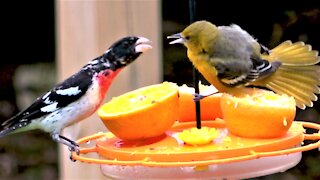 1:18
1:18
WildCreatures
3 years ago $0.67 earnedOriole shows rose-breasted grosbeak she's the boss of the bird feeder
4.35K19 -
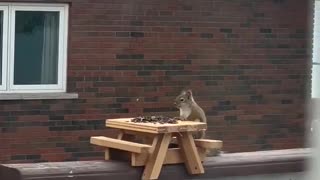 0:33
0:33
ViralHog
4 years ago $0.03 earnedSquirrel Shows off Perfect Table Manners
6021 -
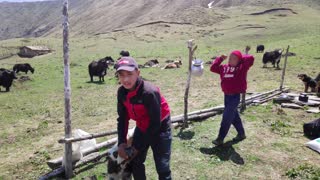 1:05
1:05
Deep Words
3 years agoHOW IS CAN BE VIEWD FROM SUCH HIGH ALTITUDE
11